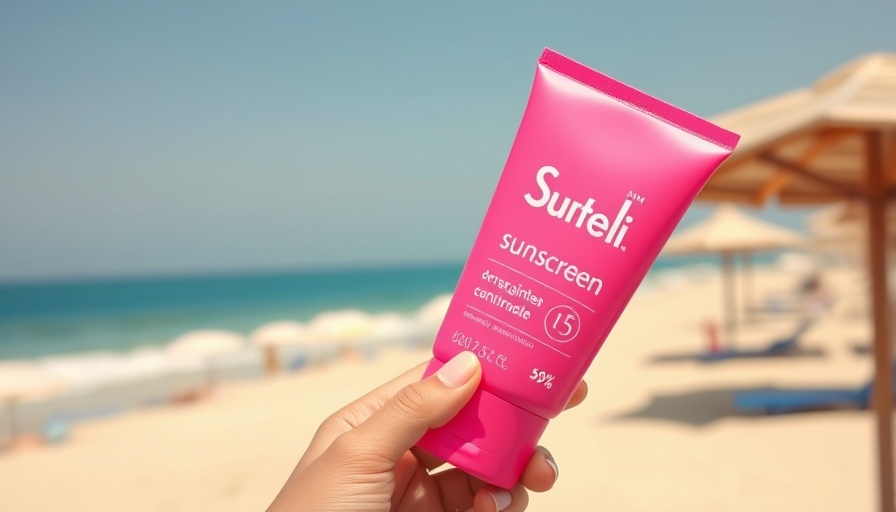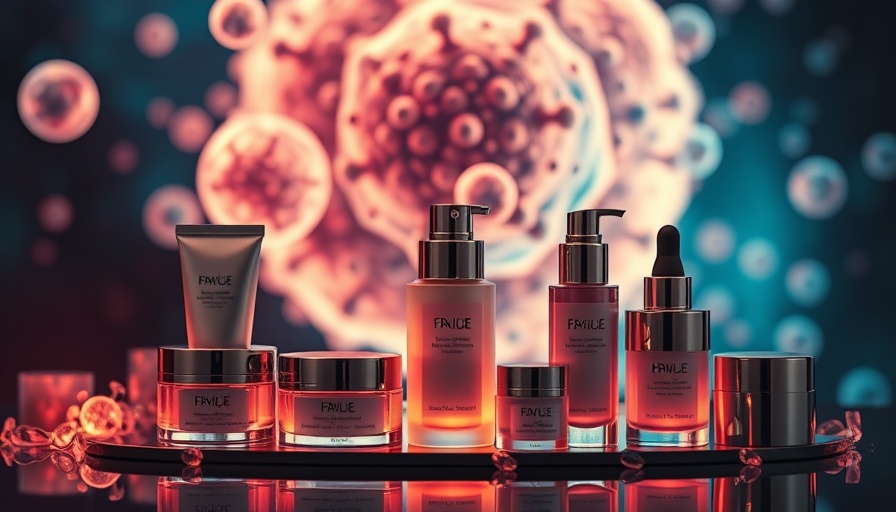
Understanding Sunscreen: Myths Unraveled
In recent discussions about skincare, sunscreen has taken center stage, particularly as we navigate the myths surrounding its usage. As highlighted in the podcast episode titled Sunscreen Slip-Ups Part 2: 5 More Mistakes Even Smart Skincare Lovers Make, many people still hold misconceptions that can leave skin vulnerable to sun damage.
In Sunscreen Slip-Ups Part 2: 5 More Mistakes Even Smart Skincare Lovers Make, the discussion dives into common sunscreen misconceptions, exploring key insights that sparked deeper analysis on our end.
SPF Confusion: What It Really Means
One prevalent myth suggests that SPF 100 provides ultimate protection without any need for reapplication. However, this is misleading. The truth is that SPF ratings primarily indicate the level of UVB protection and not the duration it lasts. SPF 30 blocks approximately 97% of UVB rays, while SPF 50 offers about 98%. The minimal difference between SPF 30 and SPF 50 shows that focusing solely on higher SPF can lead to careless sun habits. Instead, consistently reapplying sunscreen, especially during peak sun hours, is the key to effective protection.
Every Cloud Has a Silver Lining—And UV Rays
Another common misconception is that sunscreen can be skipped on cloudy days. While it’s easy to think overcast skies offer protection, about 20% of UV rays can still penetrate clouds. Furthermore, UVA rays, which play a significant role in skin aging and conditions, can pass through windows. Therefore, utilizing a broad-spectrum sunscreen daily, regardless of the weather or indoor setting, is essential for holistic skin health.
The Critical Role of the UV Index
The UV index is often misunderstood, yet it acts as a crucial guide for sun exposure. Understanding how to interpret the index can drastically affect your sun safety routine. On the scale of 0 to 15, a higher reading indicates increased risk of UV exposure. By checking this daily, individuals can adjust their outdoor activities and sunscreen reapplications accordingly. With tools like smartphone apps providing real-time updates, monitoring UV levels has never been easier.
Year-Round Protection: Beyond the Summer
Contrary to popular belief, UV rays don't take a break in fall and winter. Skin can incur damage year-round, with up to 80% of summer UV levels still present. This highlights the importance of making sunscreen a daily routine, even during the colder months. Incorporating sun protection into your skincare regimen is not just a summer necessity; it’s a year-long commitment to maintaining healthy skin.
Choosing the Right Sunscreen for Your Lifestyle
Not all sunscreens are created equal, and selecting one should align with your personal lifestyle and skin needs. For athletes or active individuals, a water-resistant formula is a better choice, while those with oily skin might prefer gel-based options. Consulting with a skincare professional can help tailor the right type and application method for optimal effectiveness.
Confronting the Myth of a 'Healthy Tan'
Lastly, it’s time to debunk the idea that a tan is synonymous with health. A tan is essentially a sign of skin injury from UV exposure. Seeking alternatives for a bronzed glow, such as sunless tanning products like Beauty by Earth, can provide aesthetics without the harmful effects of UV damage.
Incorporating these insights about sunscreen into your daily routine can significantly enhance your skin's longevity and health. Understanding SPF, recognizing the dangers of UV exposure, and the importance of consistent application sets a solid foundation for glowing skin. If you're in the Gig Harbor area and seeking personalized skincare advice, consider reaching out for holistic spa treatments. With expert guidance on sunscreen selection and usage, achieving your skincare goals can feel much more manageable.
 Add Row
Add Row  Add
Add 




Write A Comment